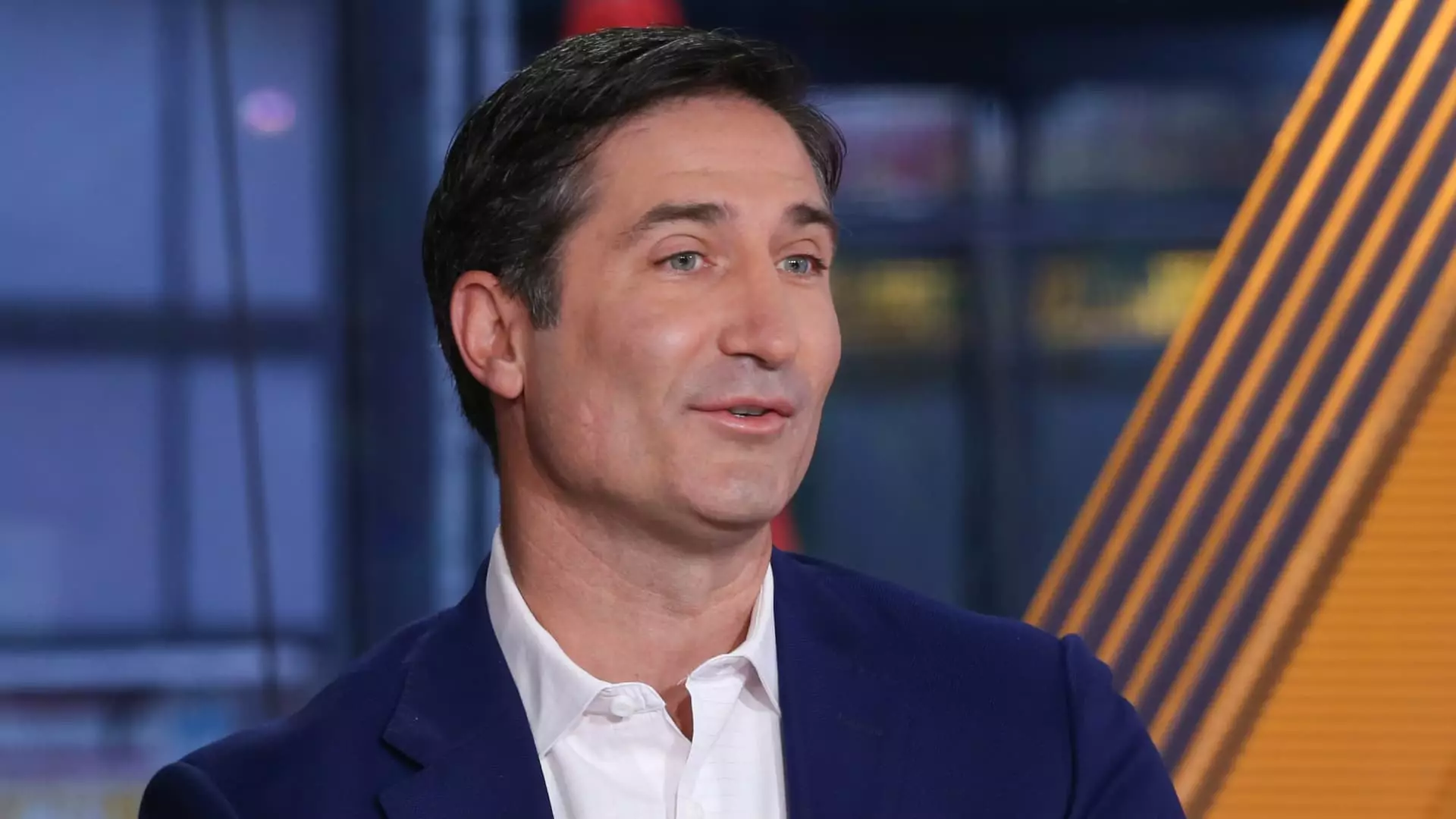Starbucks, the globally recognized leader in the coffee industry, recently unveiled its quarterly financial results amid an ongoing struggle with same-store sales decline. Despite a drop in these sales for the fourth consecutive quarter, the company exceeded Wall Street’s expectations in terms of earnings and revenue, marking a potential turning point as it endeavors to revive its U.S. business. This article will delve into the current state of Starbucks, the CEO’s vision for recovery, financial performance, and strategic initiatives moving forward.
The decline in same-store sales, dropping 4%, represents an ongoing challenge for Starbucks. This figure is particularly concerning, considering the company’s track record of consistent growth in previous years. The decrease was primarily driven by an 8% fall in customer traffic, signaling possible shifting consumer habits or increased competition, especially in the bustling coffee market. Interestingly, analysts had anticipated an even steeper decline of 5.5%, suggesting that while the situation is dire, the company may be better positioned than some experts feared.
Additionally, both domestic and international locations have posted similar sales declines. In China, Starbucks’ second-largest market, same-store sales fell by 6%. This drop reflects not only the fierce competition from local franchises like Luckin Coffee but also a changing consumer attitude towards purchasing premium coffee amidst rising living costs. The challenge facing Starbucks calls for a strategic response to both regain customer interest and encourage repeat visits.
Under the leadership of CEO Brian Niccol, who transitioned to the role in September, Starbucks is initiating a turnaround plan designed to re-establish its brand equity and recommit to its core coffee-centric mission. In a recent video address, Niccol reassured stakeholders that while progress is needed, the company is on a promising path toward recovery. He highlighted early adaptions to the business strategy, including the removal of additional charges on nondairy milk options and a revamped marketing campaign focused on coffee, which have received a positive response from customers.
These changes demonstrate a willingness to adapt and innovate in a chaotic market landscape. Niccol’s emphasis on enhancing the customer experience suggests a pivot away from prior marketing strategies that may have diluted the Starbucks brand, returning the company to its roots as a coffee-first establishment. This reorientation is timely, as consumers increasingly seek authenticity and quality from their café experiences.
Impressive Financial Results Amidst Broader Challenges
Despite the troubling trends in same-store sales, Starbucks managed to report a net income of $780.8 million—or 69 cents per share—down from $1.02 billion a year prior. While this demonstrates a stark year-on-year decrease, it still exceeded analysts’ expectations and illustrates the financial resilience of the brand. Revenue tallied at $9.4 billion, surpassing predictions, suggesting successful containment of operational costs and strategic pricing models.
Starbucks’ financial performance emphasizes its strong brand loyalty and global market presence, allowing it to navigate through downturns more effectively than smaller, less established competitors. The rising share price, with a 3% increase following the announcement, reflects investor confidence in the company’s long-term recovery strategy.
As part of its recovery strategy, Starbucks is reconsidering its expansions and restructuring corporate operations, with plans for fewer new store openings and renovations in 2025. This capital reallocation demonstrates a pragmatic approach to ensuring that existing locations can become more profitable before further investments are made.
Additionally, with workforce restructuring on the horizon, including the laying off of unspecified staff—this move could be an opportunity for streamlining operations to foster employee engagement and elevate overall customer service. By reorganizing leadership roles, Starbucks aims to create a more effective management structure that aligns closely with its refreshed corporate mission.
While Starbucks is currently facing significant headwinds, its prompt adaptations, solid financial outcomes, and a clear strategic focus under Niccol’s leadership paint a picture of resilience. The coming months will be critical as the company seeks to regain market share and restore its growth trajectory, but the foundational steps taken thus far indicate a commitment to overcoming challenges and reconnecting with its customer base.

